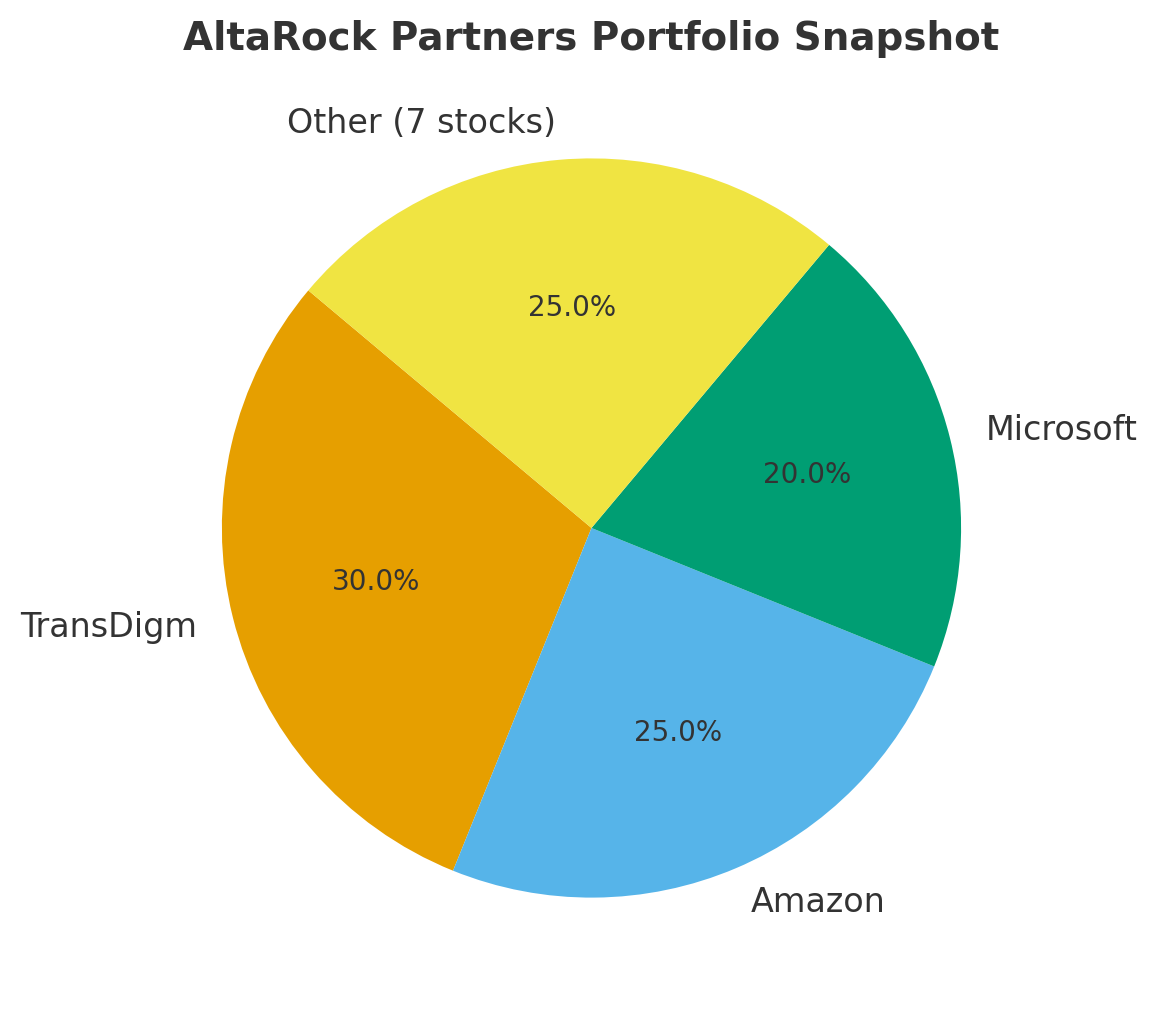Mark Massey of AltaRock Partners has quietly built one of the best track records in investing—14% annualized returns for over two decades, versus the S&P 500’s 9%. Even more remarkable? He runs 90% of his portfolio in just five stocks.
Let’s break down how he does it:
Early Inspiration
Massey grew up with stocks as dinner-table conversation thanks to his dad. His curiosity led him to unpaid stints at Merrill Lynch, then a buy-side role at Fidelity right out of college.
The Core Philosophy: Quality Compounds
He isn’t interested in deep value plays. Cheap stocks often stay cheap, and time erodes patience. Instead, Massey seeks businesses whose earnings are almost guaranteed to be far higher in 10–20 years.
Think Like an Owner
AltaRock treats the portfolio like a mini-conglomerate, carefully assembling a handful of “subsidiaries” (stocks) with superb economics. This mindset drives everything—stock selection, position sizing, long holding periods, and the discipline to sit still when opportunities are scarce.
Today, AltaRock owns fewer than 10 stocks, with TransDigm, Amazon, and Microsoft making up about 75% of the portfolio. This extreme concentration reflects Massey’s conviction in owning only the very best businesses.

The AltaRock Checklist
Massey looks for companies with:
Mispricings usually appear in overlooked corners (spin-offs, small caps) or fear-driven selloffs (legal issues, sector stress, leverage). The golden opportunities combine both neglect and fear.
Why TransDigm, Amazon, and Microsoft Fit the Bill
Each of these companies checks AltaRock’s boxes: they dominate their industries, generate outsized owner earnings, and are led by managements that reinvest intelligently.
Edge Through Study
Massey spends nearly all his time reading. His edge isn’t predicting markets—it’s preparation. He keeps a running list of great businesses and waits for rare mispricings to buy big.
He also uses fundamental projection analysis rigorously as part of his daily routine, modeling how earnings, cash flows, and capital allocation will evolve over the next decade before committing capital.
His rule: demand at least a 15% expected return over the next decade. Or, as he puts it, “The best horses usually pay low odds; the worst rarely win.”
How This Contrasts with Day Trading
Massey’s philosophy is the mirror image of day traders who rely heavily on technical analysis:
👉 In short, Massey’s edge comes from patience and compounding wealth through outstanding businesses, while day traders aim to capture fleeting market inefficiencies.
Takeaway for Investors
Massey’s track record proves that concentrated conviction, business-owner thinking, and relentless study can beat the market—if you have the patience to wait for the right moment. Don’t chase what looks cheap or trade just for activity. Focus on quality businesses where time becomes your greatest ally.